Contributor: Watts
Protecting the Safe Water Standard
The water industry’s successful efforts in developing standards for water quality have made potable water a public right and expectation. Water flowing from a faucet, whether commercial or residential, is expected to be clean and safe. As water professionals, we are responsible for maintaining these standards and continuing to provide communities with safe, potable water. Despite our best efforts, there will always be an underlying threat to these safety standards, coming in the form of backflow. Plumbing cross-connections put our water system in danger of contamination. Nevertheless, we have a reputation to uphold and protect and an obligation to keep our communities safe. It is critical that we, as knowledgeable and trusted professionals, stay up-to-date on the changing demands of our plumbing systems and do all we can to ensure that our water systems stay safe.
What is backflow? Defining and identifying the lurking threat to our water supply.
Our first step in identifying and correcting backflow is defining the problem and exploring high-risk situations. Backflow is the unwanted and dangerous reverse flow of liquid, gas, or another substance into a potable water distribution system. Due to the complex and unique nature of each plumbing system, backflow problems are typically not identified until serious symptoms arise. According to the EPA, “most backflow incidents are generally detected and reported to the local authority only if customers detect an irregularity in their water supply…but not all contamination that produces illness and disease can be detected by taste, color, or odor.” Even when backflow incidents are detected, some experts “suspect that there may be 10 times as many incidents as are reported,” making our responsibility to protect our communities even more relevant.
A cross-connection is any actual or potential connection or structural arrangement between a public or a consumer’s potable system and any other source or system through which it is possible to introduce into any part of the potable system any used water, industrial fluid, gas, or substance other than the intended potable water with which the system is supplied. Bypass arrangements, jumper connections, removable sections, swivel or changeover devices, and other temporary or permanent devices through which or because of which backflow can occur are considered cross-connections.
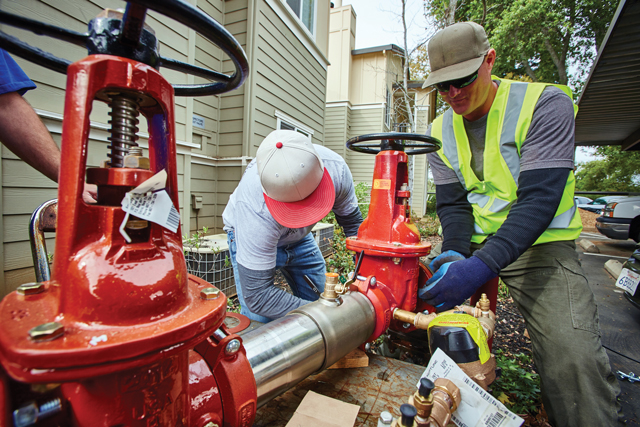
Two types of backflow: backpressure and backsiphonage
Backpressure and backsiphonage are two ways in which backflow can occur. Backpressure occurs when downstream water pressure of a non-potable system surpasses the pressure of the water distribution lines containing potable water. Backsiphonage happens when normal flow is reversed because of negative or sub-atmospheric pressure in a piping system.
An example is the pressure created when drinking through a straw to reverse natural flow by creating a vacuum with your mouth and the straw. Common causes of backpressure and backsiphonage come from interruptions in the water supply that can happen in situations such as water-line flushing, firefighting events, water-main breaks, installation of heating systems, installation of elevators, or the installation or repair of any other pressure-producing or -altering systems.
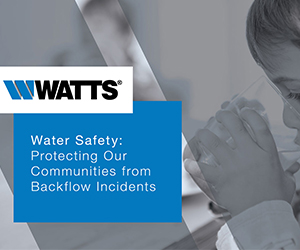
Download this eBook – Water Safety: Protecting Our Communities from Backflow Incidents.
This eBook will help you understand the different types of backflow risks and how they can affect the homes, schools, and businesses in your community; empower you to recognize the main causes of backflow, and educate you on how to prevent backflow for different applications.

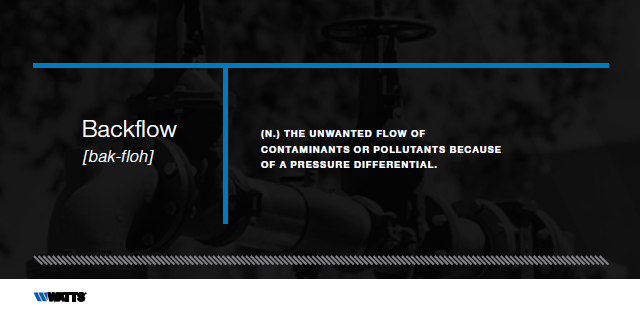
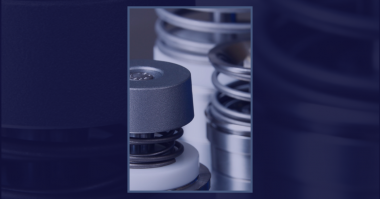
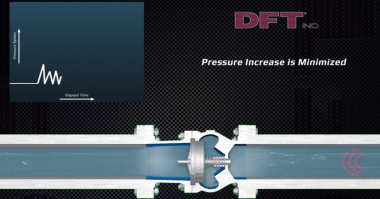

Since backflow can’t be detected until serious symptoms show up, I should probably have a backflow preventer installation service check the water and install a preventer for my home. This way, I can ensure that my water system stays safe. I’ve had my heating system installed recently so it’s a good idea to get it installed soon.